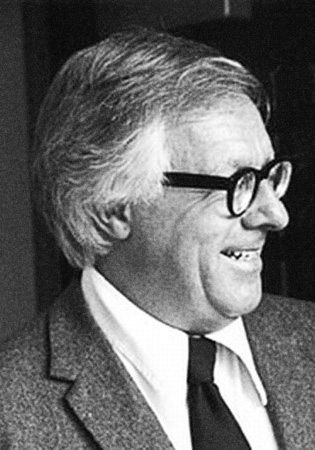


He had a number of successful novels, including Dandelion Wine in 1957, a semi-autobiographical novel focused on a 12-year-old boy’s summer in a small town, and Something Wicked This Way Comes in 1962, a dark fantasy centered around two 13-year-old boys and a sinister carnival. In short, Bradbury’s message is clear: do not mess with his work!īradbury continued writing well into his 80s. In 1979, Bradbury added a Coda to future publications of Fahrenheit 451, where he shares his thoughts on the numerous requests he has received for modifications to a number of his works. These challenges often don’t recognize the fact that the aspects of the text that are being scrutinized are part of Bradbury’s underlying warning of the devastating outcomes of restricting reading and censoring information. Though it is considered a mainstay in school curriculum, it has been challenged on numerous occasions for what some consider to be vulgar language, references to drug use and suicide, violence, and the story’s treatment of the Bible. Ironically, Fahrenheit 451 has been banned or censored several times since its publication. In Fahrenheit 451, Clarisse shares a story with Montag about a time her uncle was arrested for being a pedestrian, which is widely believed to be a reference to the main character in “The Pedestrian,” Leonard Mead. They were told to go home and not walk anymore. The story was inspired by an experience where he was walking down the road with a friend one evening, and the police stopped them for appearing suspicious. Bradbury shared that his short story, “The Pedestrian,” published in 1951, is a direct prequel to Fahrenheit 451. Bradbury himself was investigated for Communist ties throughout the 1950s. The story’s themes about government censorship and control tapped into society’s fears during the peak of McCarthyism in the United States. The novel was immensely popular and an instant classic at the time of publication. In 1953, Bradbury published Fahrenheit 451, which would become his most significant work. Published the following year, The Illustrated Man remains one of Bradbury’s most popular collections of short stories. Though he published several short stories in his early writing career, it was the publication of his first major novel, The Martian Chronicles, in 1950 that established his reputation in the writing community. He became a full-time writer in 1943 after it was determined he was ineligible for military service in World War II due to poor eyesight. Having never attended college, Bradbury would say he was a “student of life,” reading by day and writing by night.

He published his first short story in 1938, the same year he graduated high school.

Bradbury always knew he wanted to be a writer, penning his first short stories by the age of 11.


 0 kommentar(er)
0 kommentar(er)
